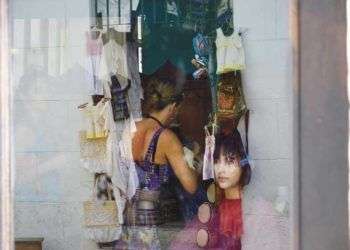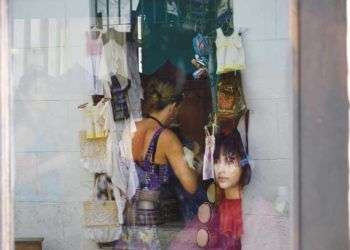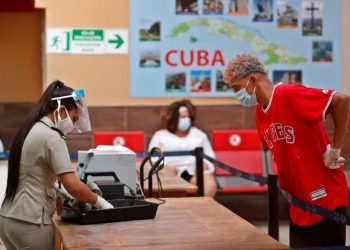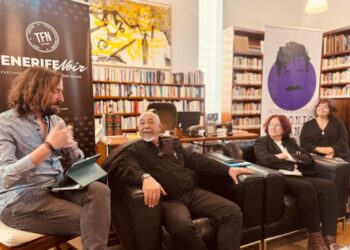Orestes Kindelan: I would have liked to play in the Major Leagues
In Santiago de Cuba, the use of motorcycles as taxis is a way of relieving the city’s deteriorated urban transport system. Hundreds of motorcycles roam these hilly streets at every hour of the day. A good number of them bear a logo, in a variety of designs, honoring a number that holds a special meaning in this eastern Cuban province: 46. For 21 seasons, that was the jersey number of one of the idols of baseball in Cuba and in Santiago: Orestes Kindelán, the top home run-hitter of amateur baseball on the island. To paraphrase the brilliant ESPN commentator Ernesto Jerez, “Kinde said no” to the ball 48 times during his time in the national classics. “The Cannon from Central Dos Ríos”, another nickname for this ballplayer, agreed to an interview with OnCuba. And here we can find his opinion with regard to some of the top issues in Cuban baseball, that universe that reaches beyond the actual practice of the sport and is entwined with the identity of “being Cuban.” Most baseball fans point to the 1980s and 90s as the peak of baseball on the island, a kind of “golden age.” You played during that time; do you...


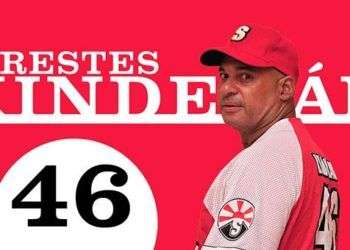
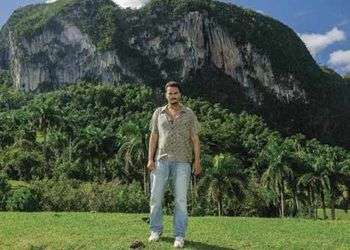
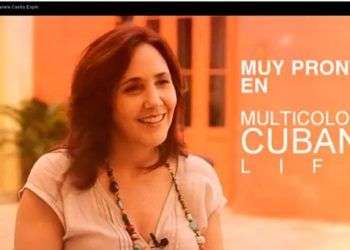

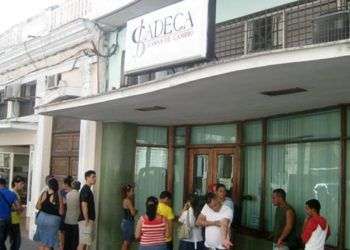

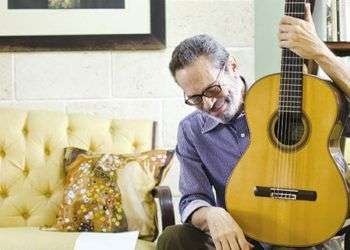
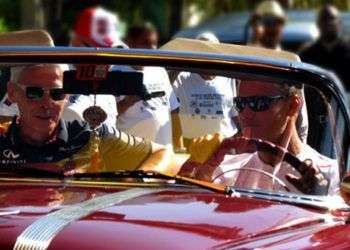
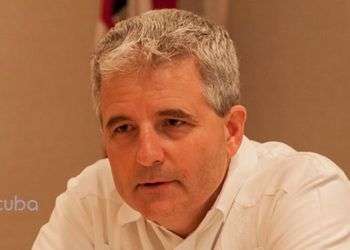
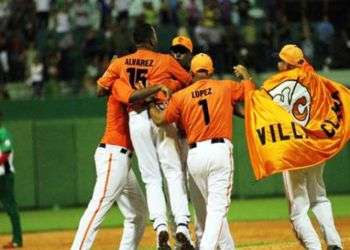
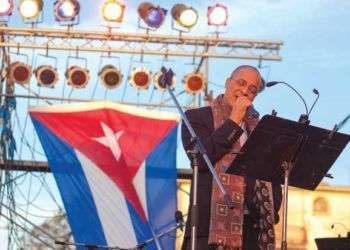
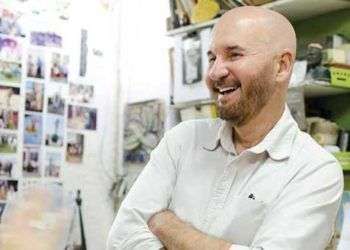
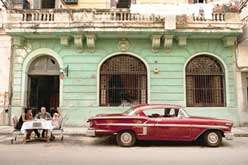
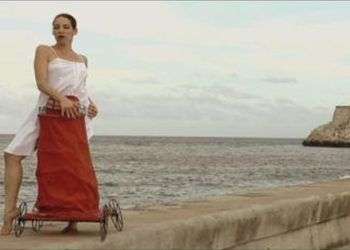
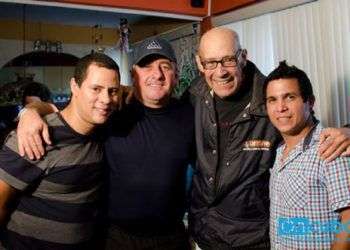

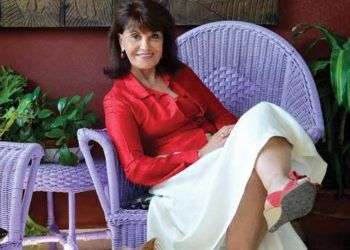

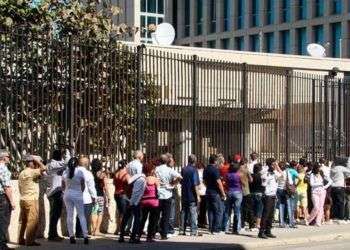

_0.jpg)
